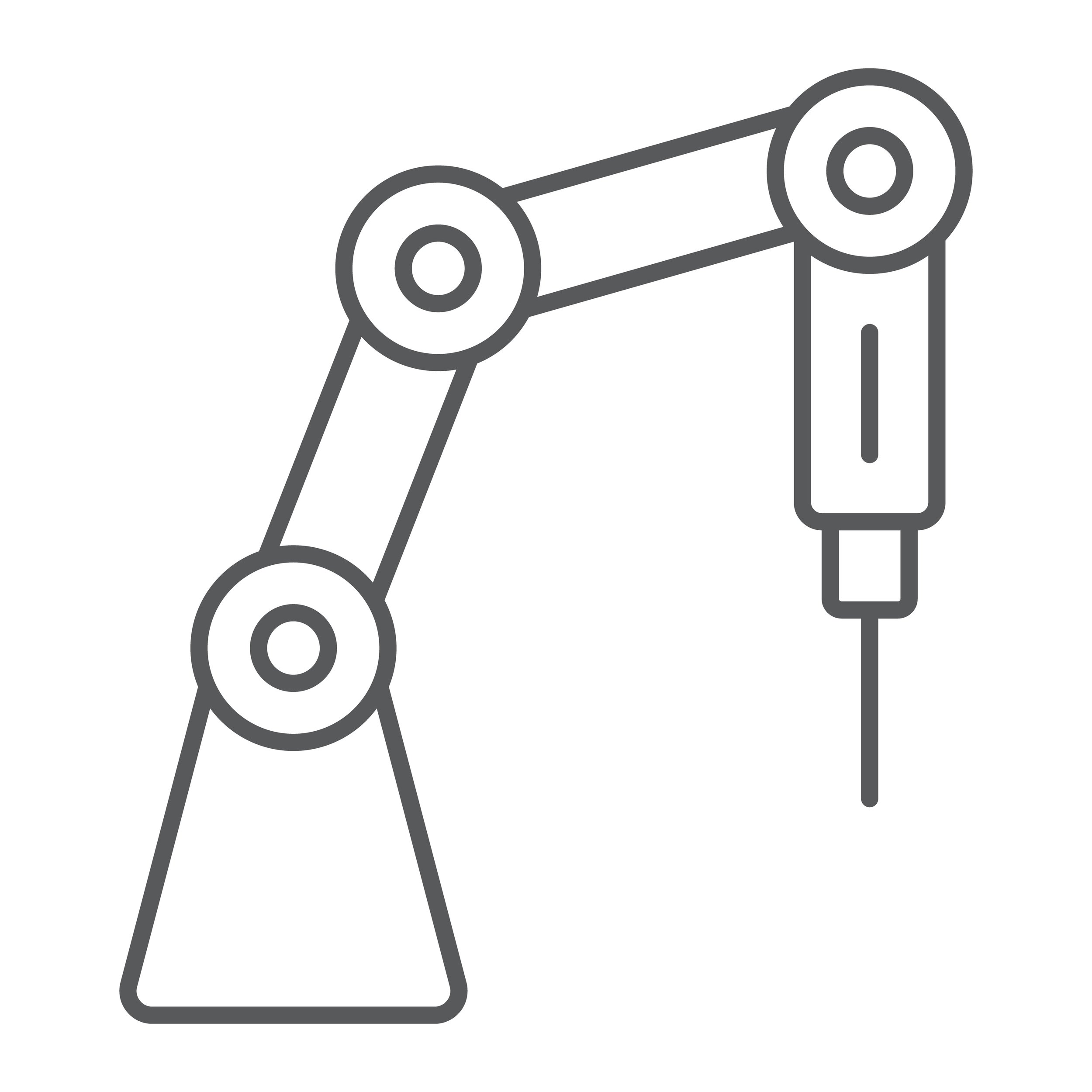partial nephrectomy
What is involved in the partial nephrectomy procedure?
Partial nephrectomy, also known as nephron-sparing surgery, is a surgical procedure designed to remove a portion of the kidney while preserving the overall function of the organ. This procedure is often performed using a robotic platform , however can be done laparoscopically or in an open fashion. This technique is particularly relevant when dealing with kidney tumors, aiming to excise the tumor while leaving behind as much healthy kidney tissue as possible. One of the primary advantages of partial nephrectomy is its potential to maintain long-term kidney health. By preserving more functioning kidney tissue, the procedure reduces the risk of chronic kidney disease and minimizes the likelihood of developing complications associated with decreased renal function.
Considering partial nephrectomy in relation to long-term kidney health is crucial for several reasons. First and foremost, the procedure offers a significant advantage in terms of renal function preservation when compared to complete kidney removal. This is particularly important as optimal kidney function is vital for maintaining overall health, regulating blood pressure, and managing fluid and electrolyte balance in the body. Additionally, preserving kidney function through partial nephrectomy can contribute to a decreased risk of cardiovascular events and other complications associated with compromised kidney health. Thus, the consideration of partial nephrectomy becomes paramount in achieving a balance between effectively treating kidney tumours and safeguarding the long-term health and functionality of the kidneys.
partial nephrectomy is typically performed in a minimally invasive fashion
partial nephrectomy main points
Key Points:
The goal of partial nephrectomy is to excise the portion of the kidney containing a suspected cancerous tumour. This procedure can be carried out via the open incision or keyhole approach. The decision is based on a variety of factors. In most cases, the procedure would be carried out in a minimally invasive approach using a robotic platform.
Utilizing small robotic instruments, precise surgery is conducted through tiny keyhole incisions in the abdomen.
Enlargement of one of the keyhole incisions may be necessary to remove the resected part of the kidney.
Successful completion of the procedure often results in better kidney function preservation than complete kidney removal.
In instances where partial removal is deemed impractical or unsafe, the alternative may involve a complete removal of the kidney.
Potential major side effects include bleeding, incomplete tumour clearance, and urine leakage from the cut edge of the kidney.
surgery
What occurs on the day of the procedure?
A/Prof Homi Zargar will discuss the surgery once again to ensure your understanding and obtain your consent. An anaesthetist will meet with you to explore the options of a general or spinal anaesthetic and discuss post-procedure pain relief.
Details of the procedure:
The procedure is conducted under general anaesthesia, ensuring the patient remains asleep.
An antibiotic injection is administered after verifying the absence of allergies.
Five or six keyhole incisions are made in the abdomen, through which robotic instruments are inserted.
The abdominal cavity is inflated with carbon dioxide gas to establish a working space for the surgical procedure.
The tumour-containing part of the kidney, along with its surrounding fat, is removed during the operation.
Extraction of the removed kidney part from the abdomen involves enlarging one of the port incisions.
Wound closure is performed using absorbable stitches, typically disappearing within two to three weeks, and local anesthesia is injected for pain relief.
A catheter may be temporarily placed in the bladder to monitor urine output, removed once the patient is mobile.
A drain may be inserted close to the area of tumour removal to prevent fluid accumulation, and it is removed when drainage ceases.
The duration of the procedure varies, taking two to three hours depending on its complexity.
Hospitalization typically spans one to three days post-surgery.
After-Effects and Risks of the Procedure:
Pain or discomfort at the incision site: Almost all patients may experience this.
Shoulder tip pain due to irritation of your diaphragm by the carbon dioxide gas: Almost all patients may encounter this temporary discomfort.
Temporary abdominal bloating (gaseous distension): This is a common occurrence experienced by almost all patients.
The abnormality in the kidney may turn out not to be cancer: Between 1 in 10 and 1 in 20 patients may encounter this outcome.
Bleeding, infection, pain, or hernia at the incision site requiring further treatment: This occurs in between 1 in 10 and 1 in 50 patients.
Removal of the whole kidney may be needed if partial removal is not thought to be possible: This situation arises in between 1 in 10 and 1 in 50 patients.
Bleeding during or after surgery requiring transfusion, embolization, or conversion to open surgery (and sometimes loss of the entire kidney): Between 1 in 10 and 1 in 50 patients may experience this.
Failure to remove all the tumor requiring close observation or re-operation at a later date: This occurs in between 1 in 10 and 1 in 50 patients.
Recognized (or unrecognized) injury to organs/blood vessels requiring conversion to open surgery (or deferred open surgery): This situation arises in between 1 in 50 and 1 in 250 patients.
Entry into your lung cavity requiring insertion of a temporary drainage tube: This occurs in between 1 in 50 and 1 in 250 patients.
Urinary leakage from the cut edge of the kidney requiring further treatment (e.g., putting in a ureteric stent): This situation arises in between 1 in 50 and 1 in 250 patients.
Involvement or injury to nearby local structures (blood vessels, spleen, liver, lung, pancreas & bowel) requiring more extensive surgery: This occurs in between 1 in 50 and 1 in 250 patients.
Anesthetic or cardiovascular problems possibly requiring intensive care (including chest infection, pulmonary embolus, stroke, deep vein thrombosis, heart attack, and death): This happens in between 1 in 50 and 1 in 250 patients, and individual risk estimates can be provided by your anaesthetist.



